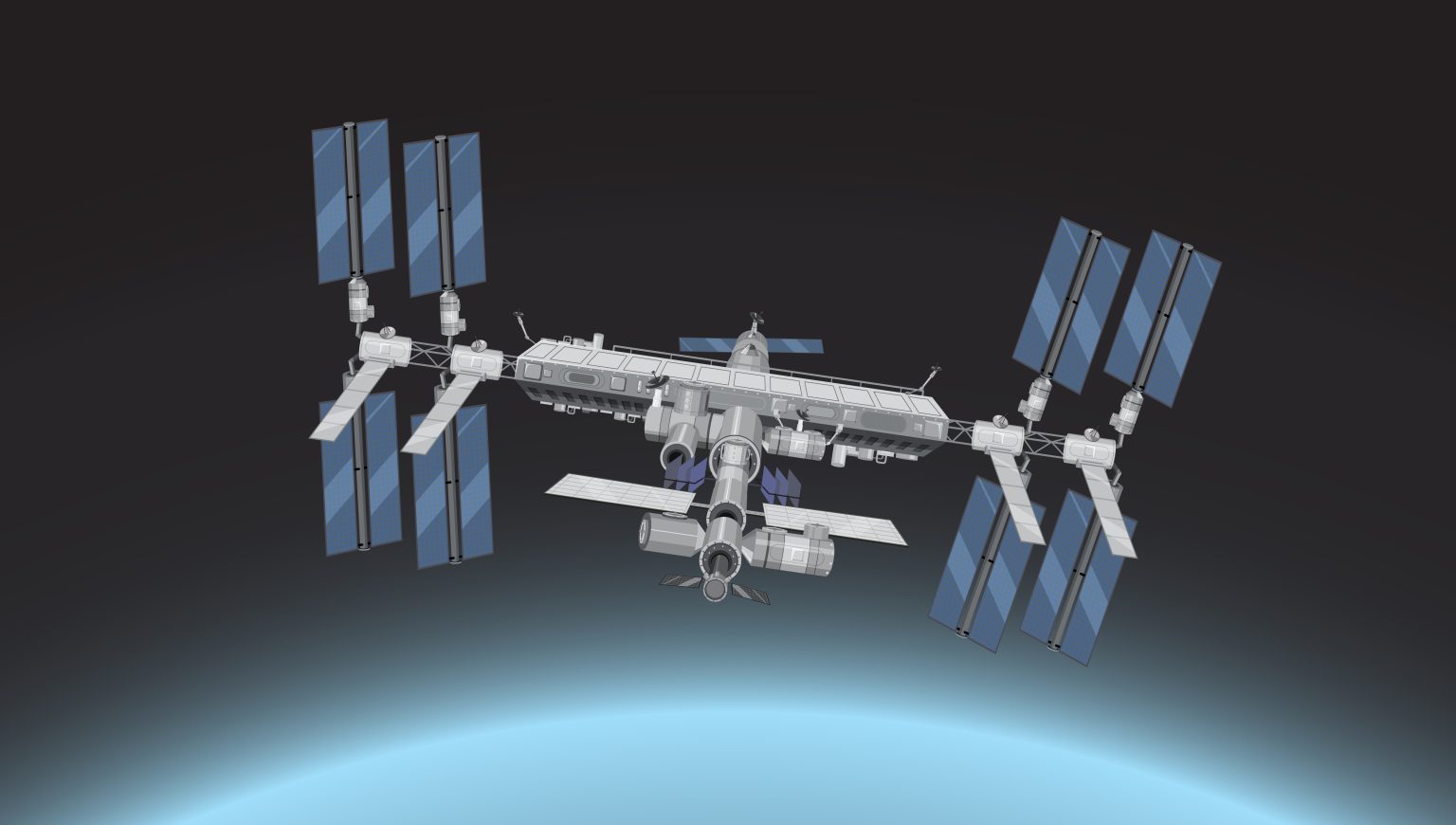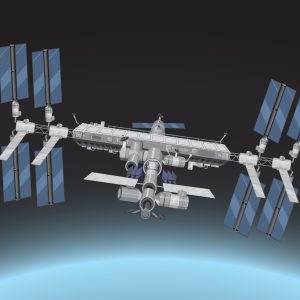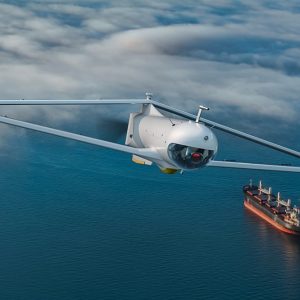Dual-use defence technologies are reshaping how militaries fight and plan. The most visible changes are in commercial low Earth orbit (LEO) satellite networks and emerging quantum sensing.
Military Reliance on Dual-Use Defence Technologies in LEO
Recent conflicts show how commercial LEO constellations have become essential to modern operations. Services such as SpaceX Starlink now support battlefield communications, surveillance, and navigation. U.S. defence studies warn that some missions are now “substantially reliant on commercial SATCOM”, meaning the loss of these links could seriously disrupt command and control. See, for example, the work of RAND on commercial SATCOM dependencies.
This attraction is clear. Commercial LEO networks offer high bandwidth and near-global coverage at a much lower cost than dedicated military constellations. Yet this model shifts critical warfighting functions onto infrastructure that remains privately owned and commercially managed. Armed forces depend on systems they do not fully control.
This dependence creates a wide attack surface. Adversaries can jam links, conduct cyber attacks on ground infrastructure, or even use anti-satellite weapons against key nodes. Efforts to mitigate these vulnerabilities are still early-stage. Planners are testing measures such as multi-provider redundancy, hardened user terminals, and pre-agreed crisis frameworks that place critical commercial constellations under coalition control when tensions rise.
By 2030, protecting commercial space infrastructure may be as important as defending traditional military satellites. That will require new public–private security arrangements, closer space-domain situational awareness, and potentially an extension of deterrence concepts to privately owned LEO systems.
“The real question for planners is not whether to use dual-use defence technologies in space, but how to keep fighting when those commercial links are contested or degraded.”
For a broader context on commercial space and allied operations, see your earlier analysis on defence supply chain risks as an internal reference.
Quantum Sensing as a Dual-Use Defence Technologies Disruptor
Quantum technology is another field in which dual-use defence technologies are advancing rapidly. Civilian labs and private firms largely drive quantum sensing and quantum communications, but they will have a direct military impact.
Quantum magnetometers could track submarines by detecting tiny changes in the Earth’s magnetic field. Quantum inertial navigation could provide precise, GPS-independent positioning in jammed or denied environments. NATO and leading allies now list quantum among their highest-priority emerging and disruptive technologies, and organisations such as the Center for Strategic and International Studies track global quantum competition in detail.
Despite this attention, recent assessments argue that U.S. efforts remain fragmented. Researchers in DARPA, universities, and industry often pursue breakthroughs without a single, long-term roadmap that links civil and military needs. Defence planners therefore depend on the pace and direction of commercial and academic innovation that they do not fully shape.
China appears to be following a more integrated path. Its civilian and military quantum programmes are closely linked. Experiments with seabed quantum sensors and long-range quantum communication networks are conducted with explicit military applications in mind. If an adversary fielded a quantum sensor suite that could quietly locate stealth platforms, existing assumptions about deterrence and survivability could be overturned almost overnight.
Building Resilience Around Dual-Use Defence Technologies
By 2030, armed forces will need a much more deliberate approach to dual-use defence technologies in both space and quantum domains. That means exploiting commercial innovation while planning for moments when those same systems are degraded, denied, or manipulated.
On the space side, this points toward multi-layered architectures that mix sovereign satellites, multiple commercial providers, resilient terminals, and crisis-time agreements with operators. On the quantum side, it suggests joint R&D programmes with industry, systematic monitoring of global breakthroughs, and early investment in countermeasures such as deception concepts and “anti-quantum” stealth tactics.
The core challenge is strategic dependence. Militaries must be ready to use dual-use defence technologies at scale, but they cannot afford to be strategically hostage to infrastructures that they neither fully own nor fully control.












